 W
WIn 1953 Alcoa Aluminum produced an advertisement promoting their HyTop twist-off bottle cap. The advertisement, often erroneously attributed to Del Monte Foods, featured a picture of a woman with the tagline "you mean a woman can open it?" The advertisement has been subject to criticism in later reviews and is viewed as a symbol of casual sexism that was prevalent in the United States during the 1950s.
 W
WThe Association for Women's Art and Gender Research in Israel is a non-profit organization that works to research women and gender in Israeli art, and to provide support for women artists, curators, researchers and cultural organizers.
 W
WDawn, also known as the Girl with a Lily is an oil painting by the French artist William-Adolphe Bouguereau. It was one of his most notable works. Its dimensions are 214.9 × 107 cm.
 W
WThe Breakdown was a 1926 painting by Scottish artist John Bulloch Souter (1890–1972) which stirred controversy in the United Kingdom during the Jazz Age. The work depicted a black jazz musician playing the saxophone while a naked white woman dances, as if in a trance.
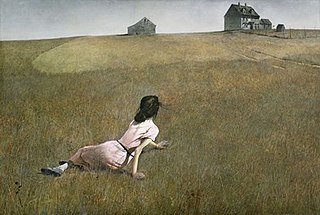 W
WChristina's World is a 1948 painting by American painter Andrew Wyeth and one of the best-known American paintings of the middle 20th century. It is a tempera work done in a realist style, depicting a woman semi-reclining on the ground in a treeless, mostly tawny field, looking up at a gray house on the horizon; a barn and various other small outbuildings are adjacent to the house. It is owned by the Museum of Modern Art in New York as part of its permanent collection.
 W
WChristmastide Divination is a painting by Russian artist Konstantin Makovsky from around 1905. The painting shows a moonlit Russian folk divination during Eastern Orthodox Christmastide (svyatki) in a rural log house (izba). Five out of seven depicted women gathered around a rooster pecking the grain, the alectryomancy which foretells a marriage in the near future. The girls count the grains pecked by the rooster, watching if he did not peck more than twelve. If the number of remaining grains would be even, then the marriage will happen soon, and if odd, then it will be in the next year. A sleeping elder woman is depicted sitting on a bench to the left. The upper left part of the painting shows a candlelit icon corner.
 W
WCircassian beauties is a stereotype and a belief used to refer to an idealized image of the women of the Circassian people of the Northwestern Caucasus. A fairly extensive literary history suggests that Circassian women were thought to be unusually beautiful, spirited, and elegant, and as such were desirable as concubines.
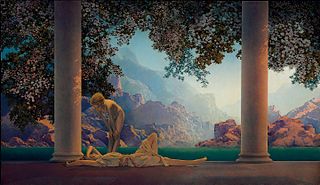 W
WDaybreak is a painting by American artist Maxfield Parrish made in 1922. Daybreak is regarded as the most popular art print of the 20th century, based on number of prints made: one for every four American homes. According to the National Museum of American Illustration, it has outsold Andy Warhol's Campbell's Soup Cans and Da Vinci's Last Supper. It is still in print.
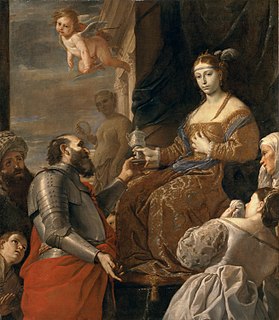 W
WThe Death of Sophonisba or Sophonisba Taking Poison is a 1670s painting by Mattia Preti of the suicide of Sophonisba. It is now in the Museum of Fine Arts of Lyon.
 W
WDulle Griet, also known as Mad Meg, is a figure of Flemish folklore who is the subject of a 1563 oil-on-panel by Flemish renaissance artist Pieter Bruegel the Elder. The painting depicts a virago, Dulle Griet, who leads an army of women to pillage Hell, and is currently held and exhibited at the Museum Mayer van den Bergh in Antwerp.
 W
WThe Farrah Fawcett red swimsuit poster shows a photograph of the American model and actress Farrah Fawcett taken by the American photographer Bruce McBroom in 1976. It was commissioned by the Pro Arts poster company, which published it as a pin-up poster the same year. With more than twelve million copies sold, it is considered the best-selling poster to date and is said to be a modern icon and a symbol of the late 1970s.
 W
WFertility in art refers to any artistic work representing or portraying fertility, which usually refers to successful breeding among humans, although it may also mean successful agriculture and animal husbandry. It includes engravings, drawings, paintings, sculptures, figurines, portraits and even literary works. In Paleolithic art, fertility is usually associated with figurines with exaggerated parts of human anatomy.
 W
WThe Fiancée of Belus is a painting by French artist Henri-Paul Motte based on a fanciful Babylonian ritual associated with deity Belus (Bel). According to that ritual, Bel was offered a girl who sat on the lap of the Bel's statue overnight, and then was replaced by another, all of whom were the winners of daily beauty contests. Motte cited as a reference the Greek historian Herodotus, but the related quote was later found to be invented. The Fiancee of Belus features oversized, Academic style, while the foreground shows blood spattered by the brush. To restore the interior of the Babylonian temple, Motte copied the Greek temple in Olympia, while the sculpture is inspired by lamassu.
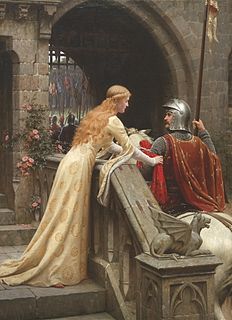 W
WGod Speed is a painting by British artist Edmund Leighton, depicting an armored knight departing to war and leaving his beloved. The painting was exhibited in the Royal Academy of Arts in 1900. God Speed was the first of several paintings by Leighton in the 1900s on the subject of chivalry, the others being The Accolade (1901) and The Dedication (1908).
 W
WI Am Half-Sick of Shadows, Said the Lady of Shalott is a painting by John William Waterhouse completed in 1915. It is the third painting by Waterhouse that depicts a scene from the Tennyson poem, "The Lady of Shalott". The title of the painting is a quotation from the last two lines in the fourth and final verse of the second part of Tennyson's poem:
 W
WJeune fille en buste is a work by Pierre-Narcisse Guérin painted in 1794 and exhibited at the Louvre.
 W
WKasumi-ori Musume Hinagata is a print series by the Japanese ukiyo-e artist Kitagawa Utamaro. The theme is of beautiful women seen through different woven materials. Three prints from the series are known; whether there were more is unknown.
 W
WKushi is a title given to a print by the Japanese ukiyo-e artist Kitagawa Utamaro. It depicts a woman looking through a clear glass comb.
 W
WThe Lady of Shalott looking at Lancelot is an oil-on-canvas painting by John William Waterhouse, completed in 1894. It measures 142.2 by 86.3 centimetres. The artist presented it to Leeds Art Gallery in 1895.
 W
WThe Lute Player is a painting from c. 1612–1615 by the Italian artist Orazio Gentileschi (1563–1639) depicting a young woman in a golden dress with a lute.
 W
WMadame de Pompadour at her Tambour Frame is a 1753-64 painting by François-Hubert Drouais showing Madame de Pompadour embroidering. It is now in the National Gallery, London.
 W
WMaidenhair is a 1974 painting by the American artist Andrew Wyeth. It depicts a young bride-to-be sitting alone in the Old German Meeting House in Waldoboro, Maine.
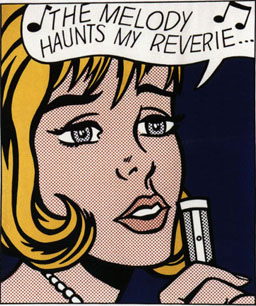 W
WThe Melody Haunts My Reverie is a 1965 screen print by Roy Lichtenstein, referencing Mitchell Parish's 1929 lyrics for the 1927 song "Stardust" by Hoagy Carmichael, and possibly rooted in the artist's love of jazz. The print was issued under the title Reverie.
 W
WPretty Ladies is the name archaeologists gave to pre-Columbian female figurines in Mexico, from the Chupicuaro, Michoacan, and Tlattlco cultures at the beginning of the 20th century.
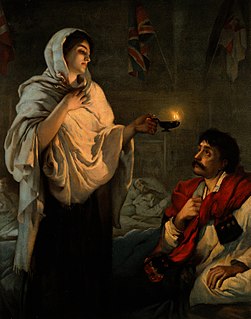 W
WMiss Nightingale at Scutari, 1854, also known as The Lady with the Lamp, is an 1891 painting by Henrietta Rae. It depicts Florence Nightingale at Scutari Hospital during the Crimean War.
 W
WThe Great Seal of North Carolina is used to authenticate certain documents issued by the Government of North Carolina. The Great Seal was modified to its present form in 1983.
 W
WThe Odyssey is an 1850 painting by Jean Auguste Dominique Ingres, showing a female personification of the eponymous poem by Homer. It is now in the Museum of Fine Arts of Lyon.
 W
WThe Oreads is an oil painting by the French artist William-Adolphe Bouguereau. Its dimensions are 236 × 182 cm.
 W
WPhryne is an 1867 oil on canvas painting by Artur Grottger, now in the Czartoryski Museum in Krakow, Poland.
 W
WPhryne before the Areopagus is an 1861 painting by the French artist Jean-Léon Gérôme. The subject matter is Phryne, a legendary courtesan in ancient Greece who was put on trial for impiety. Phryne was acquitted after her defender Hypereides removed her robe and exposed her naked bosom, "to excite the pity of her judges by the sight of her beauty."
 W
WPornocrates, Pornokratès, La dame au cochon, or The Lady with the Pig is a work by the Belgian artist Félicien Rops, created in 1878. It is part of the collection of the Musée provincial Félicien Rops in Namur, Belgium.
 W
WThe Potnia Theron or Mistress of Animals is a widespread motif in ancient art from the Mediterranean world and the ancient Near East, showing a central human, or human-like, female figure who grasps two animals, one to each side. Although the connections between images and concepts in the various ancient cultures concerned remain very unclear, such images are often referred to by the Greek term Potnia Theron regardless of culture of origin.
 W
WThe "Power of Women" is a medieval and Renaissance artistic and literary topos, showing "heroic or wise men dominated by women", presenting "an admonitory and often humorous inversion of the male-dominated sexual hierarchy". It was defined by Susan L. Smith as "the representational practice of bringing together at least two, but usually more, well-known figures from the Bible, ancient history, or romance to exemplify a cluster of interrelated themes that include the wiles of women, the power of love, and the trials of marriage". Smith argues that the topos is not simply a "straightforward manifestation of medieval antifeminism"; rather, it is "a site of contest through which conflicting ideas about gender roles could be expressed".
 W
WPregnancy in art covers any artistic work that portrays pregnancy. In art as in life, it is often unclear whether an actual state of pregnancy is intended to be shown. A common visual indication is the gesture of the woman placing a protective open hand on her abdomen. Historically, married women were at some stage of pregnancy for much of their life until the menopause, but the depiction of this in art is relatively uncommon, and generally restricted to some specific contexts. This probably persists even in contemporary culture; despite several recent artworks depicting heavily pregnant women, one writer was "astonished at the shortage of visual images ... of pregnant women in public visual culture". A research study conducted by Pierre Bourdieu in 1963 found that the great majority of 693 French subjects thought that a photo of a pregnant woman could not, by definition, be beautiful.
 W
WThe Punishment of Lust, also called The Punishment of Luxury, is an 1891 oil painting on canvas by the artist Giovanni Segantini.
 W
WA Rose is an early 20th-century painting by American artist Thomas Anshutz. Done in oil on canvas, the work depicts a young woman, Rebecca H. Whelen, sitting in a chair wearing a rose-colored dress. The painting - in keeping with artistic themes of the early 20th-century - compares a woman and her attire to a rose flower, but also invokes the sense that the young woman is intellectually and emotionally alert. Whelen herself was the daughter of a trustee of the Pennsylvania Academy of the Fine Arts at which Anshutz was a long-time teacher.
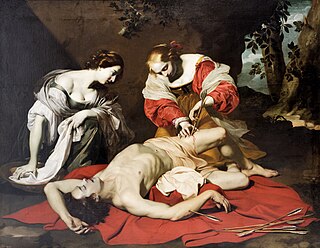 W
WSaint Sebastian Tended by Saint Irene is an incident in the legends of Saint Sebastian and Saint Irene of Rome. It was not prominent in the hagiographical literature until the late Renaissance, and is hardly seen in art before then. As an artistic subject, normally in painting, it suddenly became popular from the 1610s, though found in predella scenes as early as the 15th century, and was most popular until about the 1670s.
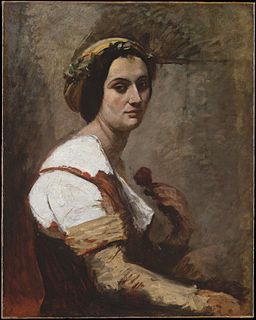 W
WSibylle is a 19th-century painting by French artist Jean-Baptiste-Camille Corot. Done in oil on canvas, the painting portrays a model holding a red rose. The painting is currently in the collection of the Metropolitan Museum of Art.
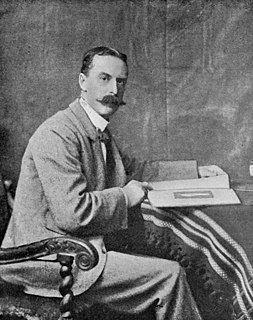 W
WEdmund Blair Leighton was an English painter of historical genre scenes, specialising in Regency and medieval subjects.
 W
WThe Flower Girl is a mid 19th-century painting by Irish-American artist Charles Cromwell Ingham. Done in oil on canvas, the painting depicts a young woman holding a bouquet of flowers. The painting is currently in the collection of the Metropolitan Museum of Art.
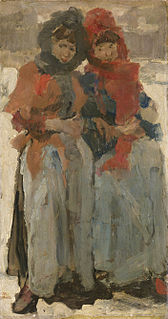 W
WTwo Girls in the Snow is an 1894 oil on canvas painting by the Dutch artist Isaac Israels. It was bought from the artist in 1904 for the private Drake-Fraser collection in London, which lent it to the Rijksmuseum in Amsterdam in 1917. It was then bought by the museum in 1944.
 W
WVanity or Young Woman at her Toilette is a c.1630-1635 oil on canvas painting by the French artist Nicolas Régnier. It has been in the collection of the Museum of Fine Arts of Lyon since 1976.
 W
WVenus of Poetry is an oil painting by the Spanish artist Julio Romero de Torres, painted in 1913, and now exhibited at the Bilbao Fine Arts Museum. Its dimensions are 93.2 × 154 cm.
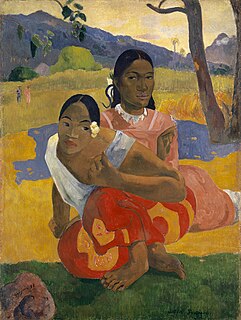 W
WWhen Will You Marry? is an oil painting from 1892 by the French Post-Impressionist artist Paul Gauguin. On loan to the Kunstmuseum in Basel, Switzerland for nearly a half-century, it was sold privately by the family of Rudolf Staechelin to Sheikha Al-Mayassa bint Hamad Al-Thani, in February 2015 for close to US$210 million, one of the highest prices ever paid for a work of art. The painting was on exhibition at the Fondation Beyeler, Riehen, until 28 June 2015.
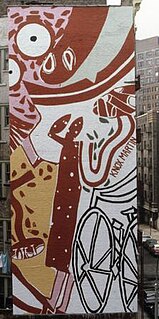 W
WWoman with Bicycle is a six-story wall painting created by the American painter, sculptor and muralist Knox Martin in 1979 under the sponsorship of the Public Art Fund.
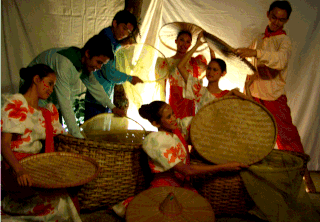 W
WWomen in Philippine art is the many forms of art in the Philippines that utilizes women in the Philippines and even women from other parts of the world as the main subject depending on the purpose of the Filipino artist. The portrayal of women in the visual arts depend on the context on how Philippine society perceives women and their roles in human communities, such as their own.
 W
WWomen reading in art refers to any artistic work representing or portraying one or more women in the act of reading. This subject matter is quite common, with images appearing as early as the 14th century. Viewers are often exposed to a private, personal moments through these works. Reading Woman (c.1660) by Pieter Janssans Elinga portrays reading as an intimate and introspective activity.
 W
WYoung Woman with a Blue Ribbon is an 1888 oil on canvas painting by Pierre-Auguste Renoir, now in the Museum of Fine Arts of Lyon. The name of the model is unknown but she can also be seen in other Renoir works such as the young woman splashing the others in Les Grandes Baigneuses.